The best age to start your child on skis is between 3 and 5 years old. At this stage, kids typically have the balance, coordination, and curiosity to enjoy skiing. Short skis, like Snowfeet MINI KIDS or Skiskates, make learning easier for young beginners - they’re lightweight, easier to control, and work with regular winter boots. Starting earlier than age 3 can lead to frustration, while waiting until after age 6 may make kids more self-conscious or hesitant.
Key Takeaways:
- Ideal Age: 3–5 years old, but readiness matters more than age. Look for signs like good balance, following instructions, and a love for snow.
- Best Skis for Beginners: Short skis (like Snowfeet) are easier to handle, safer, and more affordable than longer skis.
- Preparation Tips: Start with backyard practice, keep sessions short (under 30 minutes), and focus on fun, not perfection.
Want to make skiing fun and stress-free for your little one? Keep reading for tips on choosing the best gear, preparing for the slopes, and helping your child gain confidence step by step.
What Age To Start Ski Lessons? - The Winter Sport Xpert
What's the Right Age to Start a Child on Skis?
Most kids are ready to start skiing between the ages of 3 and 5. This sweet spot combines physical readiness with a natural curiosity, making it an ideal time to introduce them to the slopes. That said, every child is different, so it’s important to look for signs that they’re prepared before strapping on those tiny skis.
Best Starting Age: 3 to 5 Years
Starting at age 3 is a great way to ease kids into skiing, though it may take some patience as coordination is still developing. By ages 4 and 5, kids generally have better balance, improved muscle control, and can follow simple instructions - like mastering the classic "pizza slice" (snowplow) position. These skills make ski lessons more productive and fun.
For young beginners, shorter skis make all the difference. Products like Snowfeet* MINI KIDS and Skiskates (around 17 inches long) are designed to fit small bodies, giving even a three-year-old a chance to succeed on the slopes.
Why is the 3–5 age range so effective? Kids at this age have a lower center of gravity, which helps with balance. Plus, they’re less afraid of falling and more open to trying new movements. And let’s not forget - they’re little sponges, soaking up new motor skills faster than older kids.
Signs Your Child Is Ready to Ski
Before diving into lessons or buying equipment, check for these readiness indicators:
- Physical Skills: Can they climb stairs, hop, or maintain focus for 15–20 minutes? These are good signs they’re physically ready.
- Emotional Maturity: If they can follow simple two-step instructions (like “grab your gloves and put on your hat”) and communicate when they’re cold or tired, they’re likely ready for the structure of a ski lesson.
- Love for Snow: A child who enjoys sledding, building snowmen, or playing outside in winter is more likely to enjoy skiing.
- Communication: Being able to express excitement or discomfort is key for a safe and fun experience.
Problems with Starting Too Early or Too Late
Before Age 3:
Starting too young can lead to frustration. Kids under 3 often lack the muscle control needed for skiing, and their short attention spans can create negative experiences. They may also struggle to regulate body temperature or communicate discomfort, which can be risky.
After Age 6 or 7:
While it’s never too late to start skiing, older kids may face different challenges. Fear of falling or self-consciousness can slow their progress. Plus, as kids grow taller and heavier, traditional long skis can feel cumbersome. Snowfeet* products, with their shorter and more manageable design, can help older beginners ease into the sport - though some kids might initially resist using equipment they think looks "babyish."
Peer Pressure:
Older children might notice their friends using traditional skis and feel hesitant about trying shorter ones. Highlighting how easy and fun the Snowfeet* setup is can help them warm up to the idea.
The key is matching your child’s readiness with the right equipment and approach. Whether your little one is a fearless three-year-old or a cautious six-year-old, choosing the proper gear can make all the difference. Short skis are a fantastic starting point for young beginners, ensuring both safety and fun. Up next, we’ll dive into why short skis are such a game-changer for kids learning to ski.
Why Short Skis Work Better for Young Beginners
Short skis, like Snowfeet*, are a game-changer for young skiers just starting out. Unlike traditional long skis meant for adults, these are designed with kids in mind. They work with a child’s natural movements, making skiing easier, safer, and, most importantly, more fun.
Benefits of Short Skis for Kids
Short skis offer a ton of perks that make learning a breeze for young beginners:
- Easier to Handle: Snowfeet* skis are about 17 inches (44 cm) long, which makes turning and controlling movements much simpler. Compare that to traditional kids’ skis, which can be 3 to 4 feet long and feel clunky for smaller skiers.
- Lightweight Build: These skis are light, so kids won’t tire out as quickly. Less weight means more energy for practicing - and fewer meltdowns on the slopes.
- Faster Learning: With their compact size, kids can pick up basic techniques, like the “pizza” (snowplow) position, much faster. Quick wins like this boost confidence and make skiing more enjoyable.
- Super Portable: Their small size means they can fit in a backpack, making them perfect for impromptu snow adventures - whether it’s a trip to a local park or just playing in the backyard. No bulky gear cases or roof racks needed.
These features make Snowfeet* a standout choice when compared to traditional long skis.
Snowfeet* vs. Long Skis: What Sets Them Apart
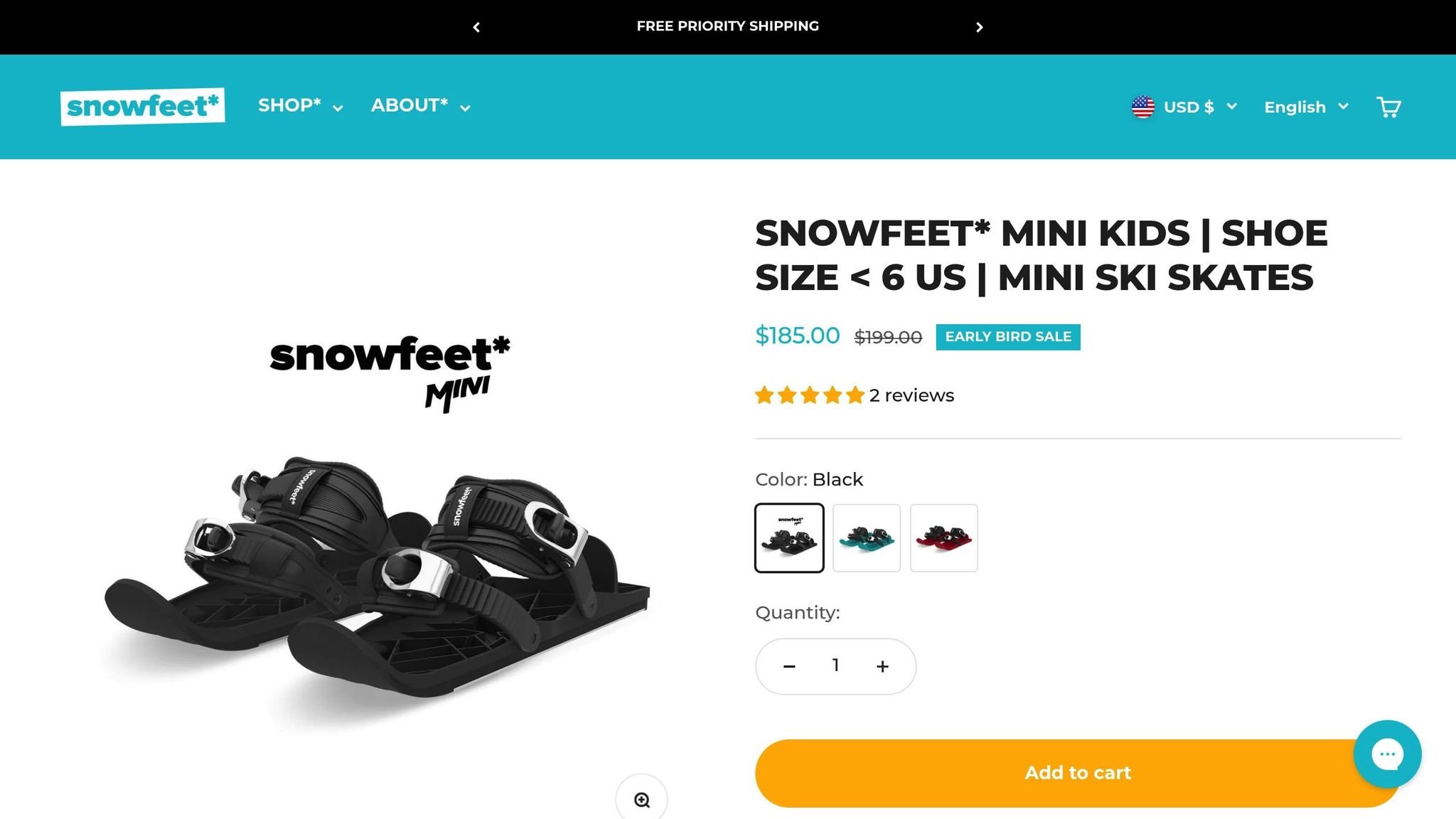
The moment kids strap on Snowfeet*, the differences are clear:
- Better Control: Short skis respond quickly to a child’s movements, giving them a sense of control. On the other hand, long skis can feel clunky or unresponsive, which can be frustrating for beginners.
- More Versatile: Snowfeet* work on all kinds of terrain - groomed slopes, snow parks, hiking trails, and even snowy backyards. Traditional long skis often require specific conditions, which limits where kids can practice.
- No Fancy Boots Needed: These skis are compatible with regular winter boots, saving you from buying expensive ski boots that kids will outgrow in no time.
- Budget-Friendly: A full ski setup - skis, bindings, boots, poles - can get pricey, especially since kids grow so fast. Snowfeet* offer a simpler, more affordable option that can last for multiple seasons.
Beyond performance, these benefits also address what parents in the U.S. care about most: safety, convenience, and fun.
Safety and Fun: A Winning Combo for U.S. Parents
When it comes to introducing kids to skiing, U.S. parents tend to focus on two things: keeping them safe and making sure they’re having fun. Short skis naturally encourage slower speeds, which lowers the risk of falls and injuries. Plus, their smaller size makes the equipment less intimidating for little ones.
Snowfeet* products are also designed to keep things simple. Kids can quickly get the hang of them and even keep up with family members during outings. This builds confidence and creates more opportunities for bonding - both on the slopes and off.
And let’s not forget the easy setup. With minimal fuss, kids can hit the snow faster, giving them that instant excitement that helps spark a lifelong love for skiing.
sbb-itb-17ade95
How to Choose the Best Skis for Your Child
Picking the right skis for your child comes down to their size, skill level, and how they like to learn. Snowfeet* products make this process easier by focusing on practical, beginner-friendly options.
Snowfeet Mini Ski Skates and Skiskates: Ideal for Young Learners
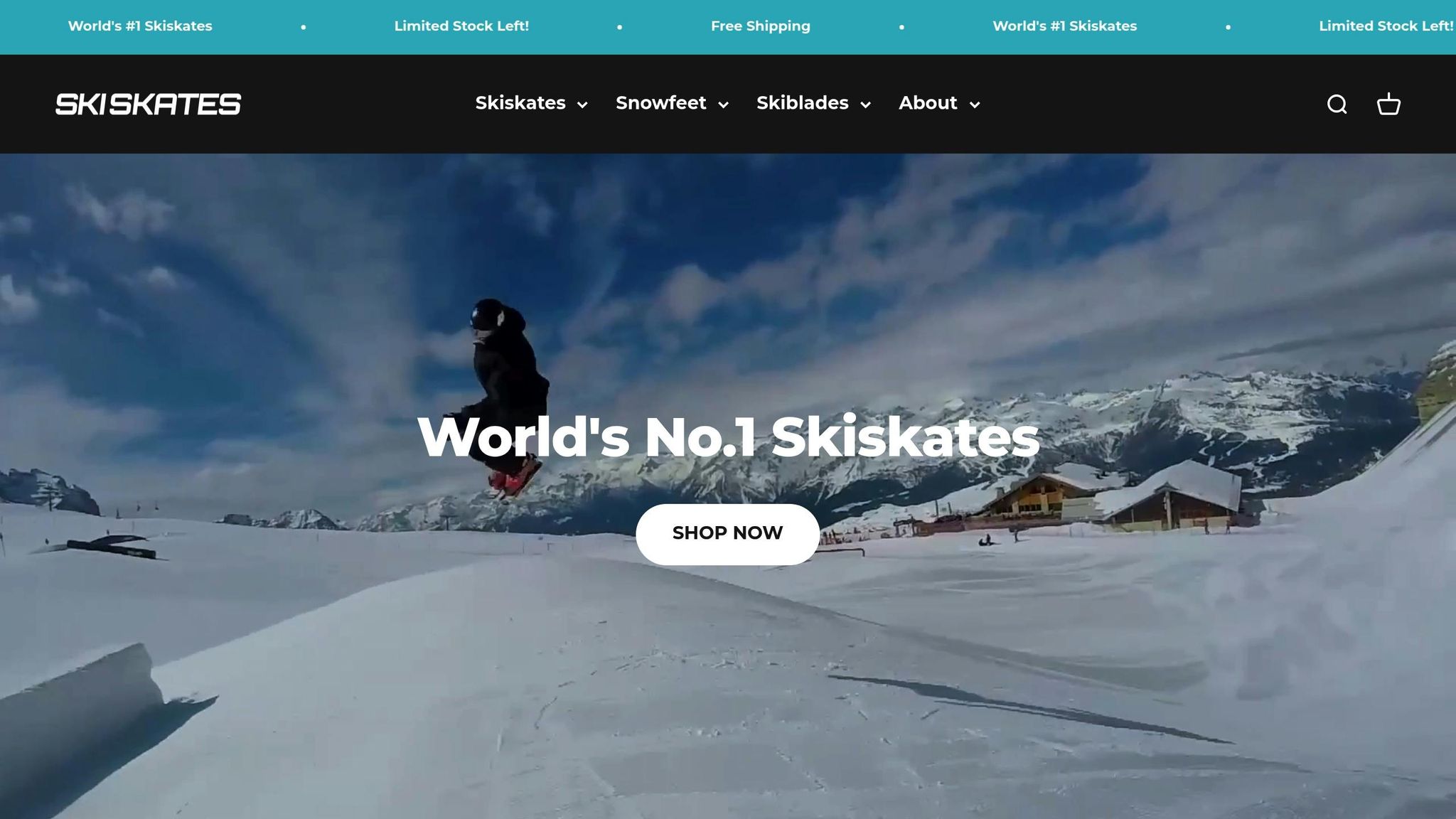
The Snowfeet Mini Ski Skates (38 cm) are a great choice for beginners. Their compact size makes them easy to control, and the best part? They work with regular winter boots. No need to spend extra on specialized gear.
For kids who are a bit older or more confident, the Skiskates (44 cm) offer added stability and durability with their wood core. Like the Mini Ski Skates, they’re compatible with regular winter boots, so there’s no hassle of buying specific ski boots.
Both options are lightweight, which means less fatigue and more fun on the slopes. Plus, their straightforward design helps kids pick up skiing techniques quickly.
Snowfeet* vs. Traditional Long Skis and Snowboards
Here’s a quick comparison to show how Snowfeet* stacks up against traditional long skis and snowboards:
| Feature | Snowfeet* | Traditional Long Skis | Snowboards |
|---|---|---|---|
| Weight | Lightweight and easy to handle | Heavier and bulkier | Moderately heavy, requires balance |
| Learning Curve | Quick and intuitive to learn | Requires more lessons | Steeper learning curve |
| Boot Requirement | Works with regular winter boots | Needs specialized ski boots | Requires snowboard boots |
| Portability | Easy to carry, fits in a backpack | Bulky, needs extra carriers | Less portable, needs a case |
| Terrain Versatility | Works on slopes, parks, even backyards | Best on groomed slopes | Optimized for groomed conditions |
| Total Cost | Cost-effective all-in-one solution | Costs add up with multiple components | Often pricier with separate parts |
Sizing and Pricing: Choosing the Right Option
To find the perfect fit, consider your child’s age, foot size, and experience level.
- Snowfeet Mini Ski Skates: Starting at $150, these are perfect for beginners. Their compact design allows for quick practice sessions, helping kids build confidence and control.
- Skiskates (44 cm): Starting at $390, these are a step up for kids ready to advance their skills. They’re built to grow with your child’s abilities while keeping skiing simple and enjoyable.
Snowfeet* makes it easy to find the right gear, so your child can focus on having fun while learning!
Tips for Parents: Helping Your Child Learn to Ski
Starting your child on skis can be a fun and rewarding experience, especially if you ease into it and make it enjoyable. With the right mindset and tools, like Snowfeet* gear, you can help them gain confidence before hitting the slopes.
Start Small: Practice in Backyards and Parks
Your own backyard or a nearby park can be the perfect spot for your child’s first steps - well, glides - on skis. Snowfeet Mini Ski Skates are a great option for this because they work on all kinds of snow, not just the groomed trails you’d find at a resort.
Find a gently sloping area with packed snow. The best part? Snowfeet* gear straps right onto your child’s regular winter boots, so no need for extra equipment. Start with the basics:
- Gliding forward
- Making pizza wedges (to slow down)
- Turning left and right
These simple movements teach balance and control without the pressure of a crowded ski resort. Plus, you’re right there to cheer them on - or catch them when they tumble. Most parents find that after just a few short backyard sessions, kids feel more comfortable and ready to try out the real thing. By the time they get to the slopes, they’ll already know how to balance and steer, which means fewer tears and more smiles.
Keep Sessions Short and Fun
Kids have short attention spans, so keep the first few sessions under 30 minutes. The goal is to make learning fun, not exhausting. Turn practice into a game:
- Play “follow the leader” by making gentle S-curves for your child to mimic.
- Set up a treasure hunt with colorful objects in the snow for them to ski toward.
- Try “red light, green light” where you call out commands to stop or go.
And don’t forget to take plenty of breaks! Whether it’s for hot chocolate, snacks, or just a snowball fight, these pauses keep things lighthearted. If your child gets cranky or cold, it’s time to call it a day.
Keep in mind, progress isn’t always steady. Some days they’ll seem like a natural, and other days they might struggle with the basics. That’s all part of the process. Once your child is happily gliding around, it’s time to gear up for their first mountain adventure.
Getting Ready for the Slopes: What to Bring
After some backyard practice and short, playful sessions, you’ll want to make sure you’re fully prepared for a day on the mountain. Here’s a quick checklist to help:
- Safety gear: A properly fitted helmet (look for CPSC or ASTM certifications), ski goggles to shield their eyes, and wrist guards if they tend to catch themselves with their hands when falling. Make sure their winter boots offer good ankle support and are waterproof.
- Clothing layers: Start with moisture-wicking base layers (no cotton!), add a warm fleece or similar insulating layer, and top it off with a waterproof outer shell. Pack extra gloves - cold hands can ruin the fun fast.
- Essentials: Sunscreen (yes, even in winter), lip balm, hand and foot warmers for chilly days, and a small backpack to carry their Snowfeet* when walking around. Don’t forget snacks and a thermos of hot cocoa or their favorite warm drink.
When choosing a ski area, look for beginner-friendly zones. Many resorts have “magic carpet” lifts, which are much less intimidating than chairlifts and work perfectly with Snowfeet* gear. Call ahead to check if the resort allows short skis or skiskates - most do, but it’s always good to confirm.
Keep your first mountain sessions short - half days are ideal. Mornings often have the best snow conditions, and kids tend to have more energy early in the day. Plan for plenty of lodge time to warm up and recharge. The goal? Make it a fun, positive experience that leaves your child eager to come back for more.
Setting Your Child Up for Skiing Success
Getting your child started on skis can be a breeze with the right approach and gear.
Key Points to Remember
Readiness matters more than age. While many kids start skiing between 3 and 5 years old, the real question is whether they're ready. Look for signs like good balance, the ability to follow simple instructions, comfort in winter weather, and excitement for snow-filled adventures. Trust your gut - if they’re eager, they’re ready.
Short skis are a game-changer. Options like Snowfeet MINI KIDS or Skiskates (44 cm) make skiing more approachable for little ones. These shorter skis let kids feel the snow, turn easily, and regain balance quicker than traditional skis. Plus, they strap onto regular winter boots, so you can skip investing in pricey ski boots they’ll outgrow in no time.
Professional lessons are worth it. While practicing in the backyard with Snowfeet* gear is a great start, ski instructors bring the expertise to keep kids engaged and teach them proper techniques from day one.
"You have a whole lifetime to teach a kid to love skiing. You can teach them to hate it in one day. Always keep it fun, and when they’re done, stop. Don’t push for one more run. Sometimes it’s more about hot chocolate and French fries than sliding on snow."
– All Mountain Mamas
Keep it short and sweet. Stick to 30-minute sessions. If you notice fatigue or frustration, don’t hesitate to call it a day. A short, fun experience leaves them wanting more, while overdoing it can sour their enthusiasm.
These tips naturally lead into the bigger goal: creating a lifelong love for winter sports.
Building a Love for Winter Sports
The ultimate goal isn’t just skiing - it’s fostering a love for winter and the outdoors. Snowfeet* products make skiing less intimidating than traditional gear and can be enjoyed anywhere, from your backyard to local parks or even hiking trails. Focus on the joy of being outside rather than perfecting every move. Mix skiing with other fun snow activities like building snowmen or snowball fights to make winter adventures all about family time, laughter, and memories.
"I would rather that she chose to love the mountains and skiing than me imposing my dreams on her. If she doesn’t like it at all, that’s also fine by me. It’s not for everyone."
– Dave SnowPros, Technical Director, SnowPros Ski School
Some days will be smooth, and others might be tough. Celebrate the little wins, be patient with setbacks, and always keep the focus on fun.
FAQs
How do I know if my child is ready to start skiing?
Your child might be ready to hit the slopes if they can follow simple instructions, have decent balance and coordination, and feel okay being away from you for a little while. Other signs? Excitement, curiosity about skiing, and a willingness to try something new in the snow.
Emotional readiness matters, too. If they can tackle small challenges, stay motivated, and enjoy picking up new skills, chances are they’re set up to have a great time learning. Starting with shorter skis, such as Snowfeet MINI KIDS or Snowfeet Skiskates, can make things easier and more fun for little beginners.
Why are short skis like Snowfeet better for kids who are just starting to ski?
Short skis, like the ones from Snowfeet, are a fantastic choice for young beginners. Why? They’re easier to handle and far less intimidating than the longer, traditional skis. With their compact size - usually between 15 and 47 inches - kids can turn more smoothly and quickly, which boosts their confidence and makes learning to ski a lot more fun.
The shorter design also means better agility and quicker responses, helping kids pick up the basics faster. This combination of ease and control not only cuts down on frustration but also keeps skiing exciting and enjoyable, encouraging kids to stick with the sport and love every moment of it.
What are some key safety tips for parents when teaching their child to ski for the first time?
When getting your child started with skiing, safety is your top priority. Begin with gentle, beginner-friendly slopes that won’t overwhelm them, and make sure they’re equipped with properly fitted gear - don’t skip the helmet! Look for equipment specifically designed for kids, like short skis (think Snowfeet MINI KIDS or Snowfeet Skiskates). These are easier to handle and less intimidating, making them perfect for young learners.
Start with the basics: teach them how to control their speed, practice the snowplow technique, and even work on falling safely - it’s all part of the learning process! Keep a close eye on them at all times, especially near lifts, and take advantage of safety features like low DIN bindings and safety bars. Above all, keep things fun and let them learn at their own pace. A positive experience now can spark a lifelong love for skiing!

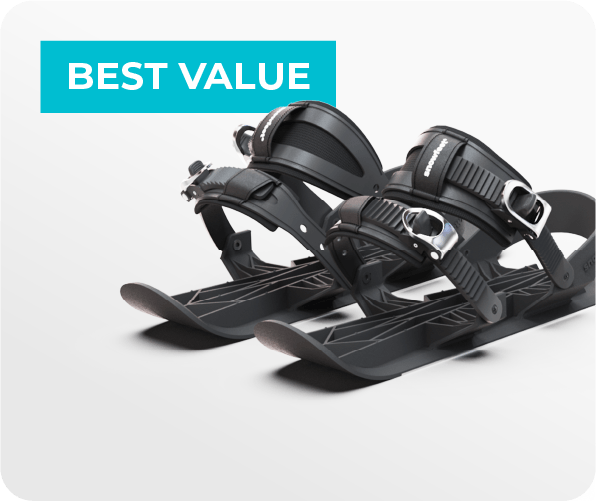



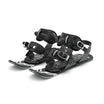
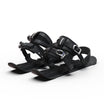
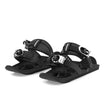
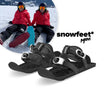
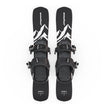
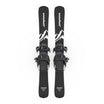

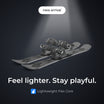
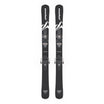
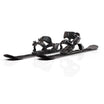
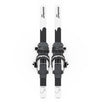


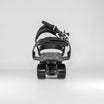

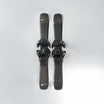
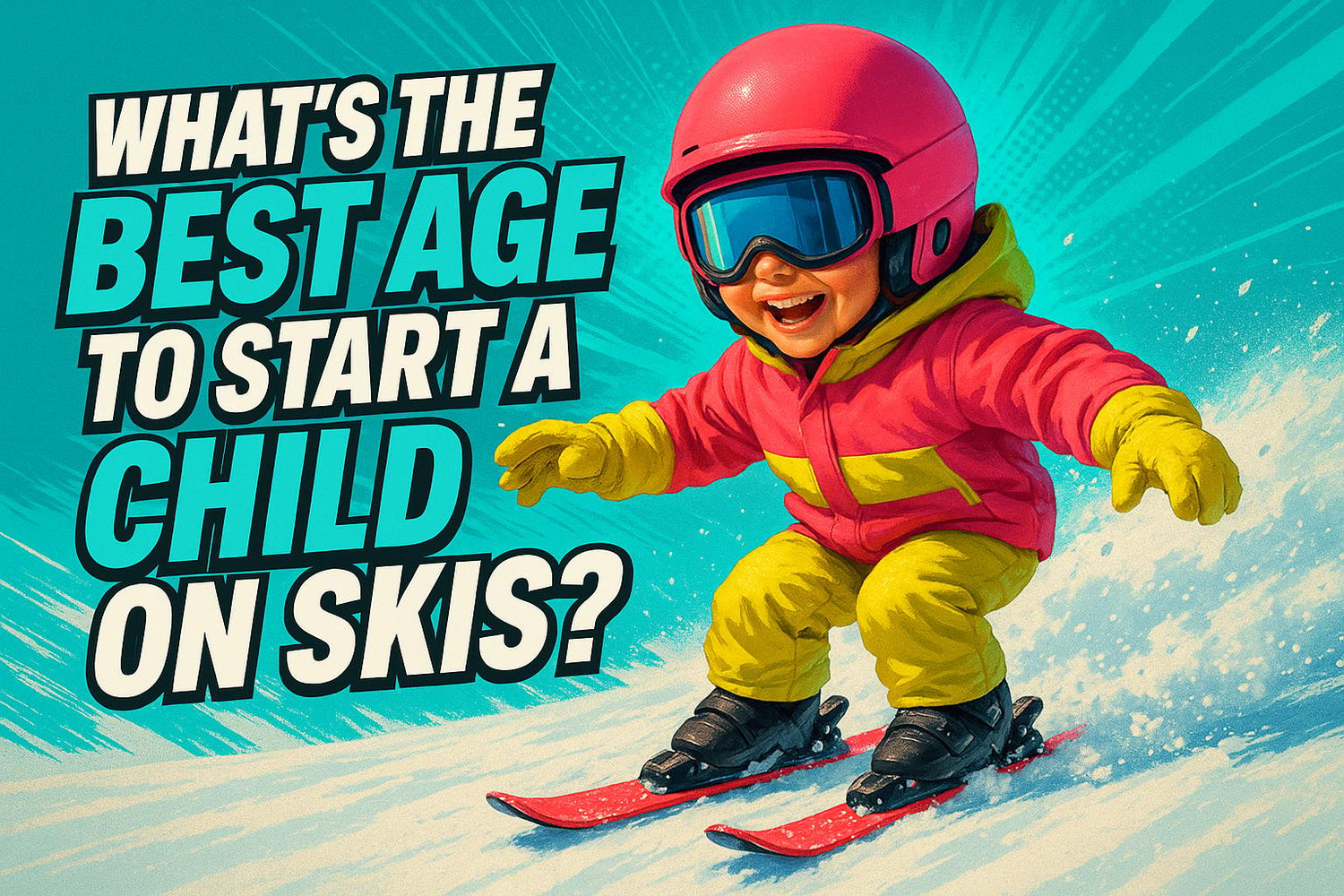
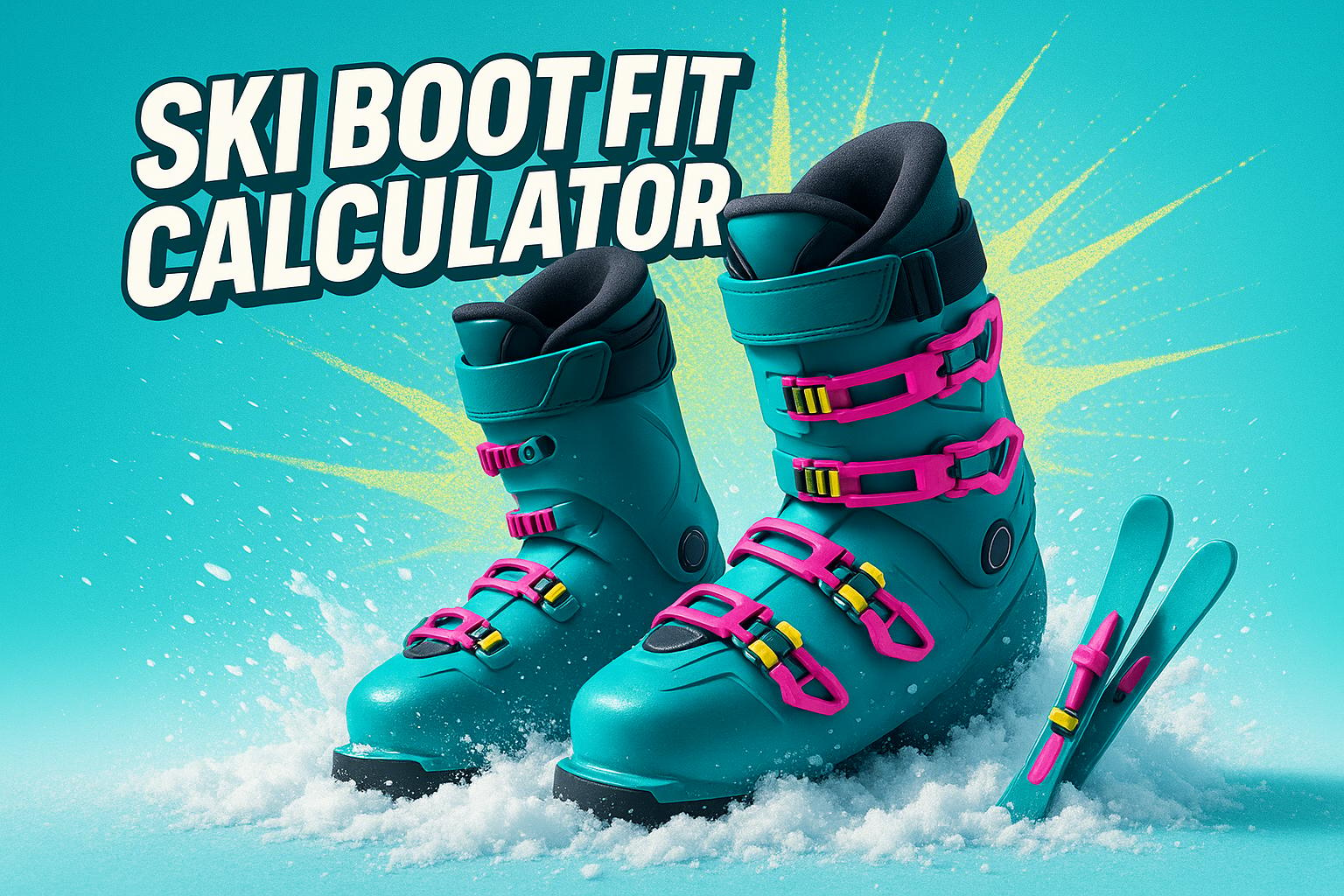
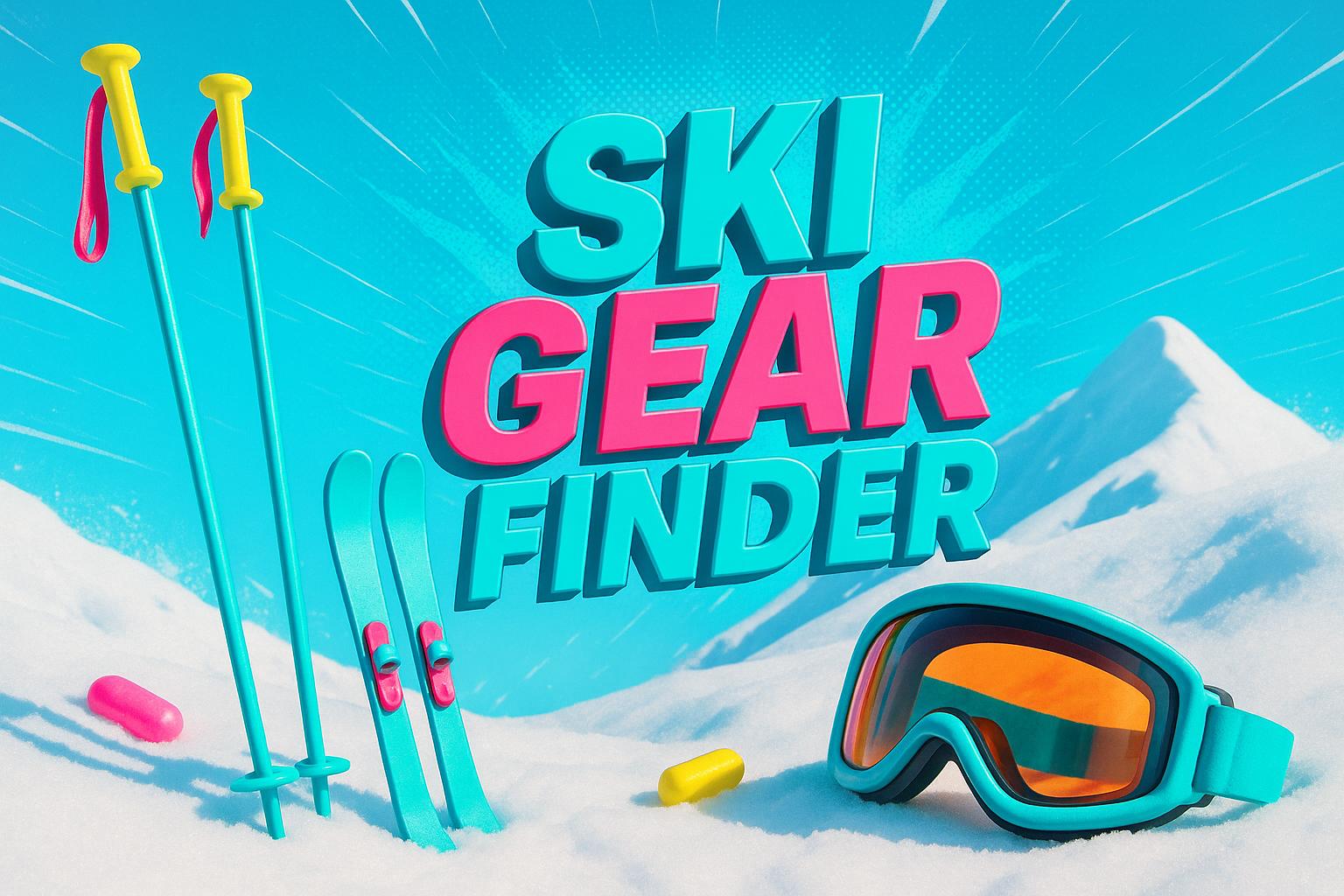
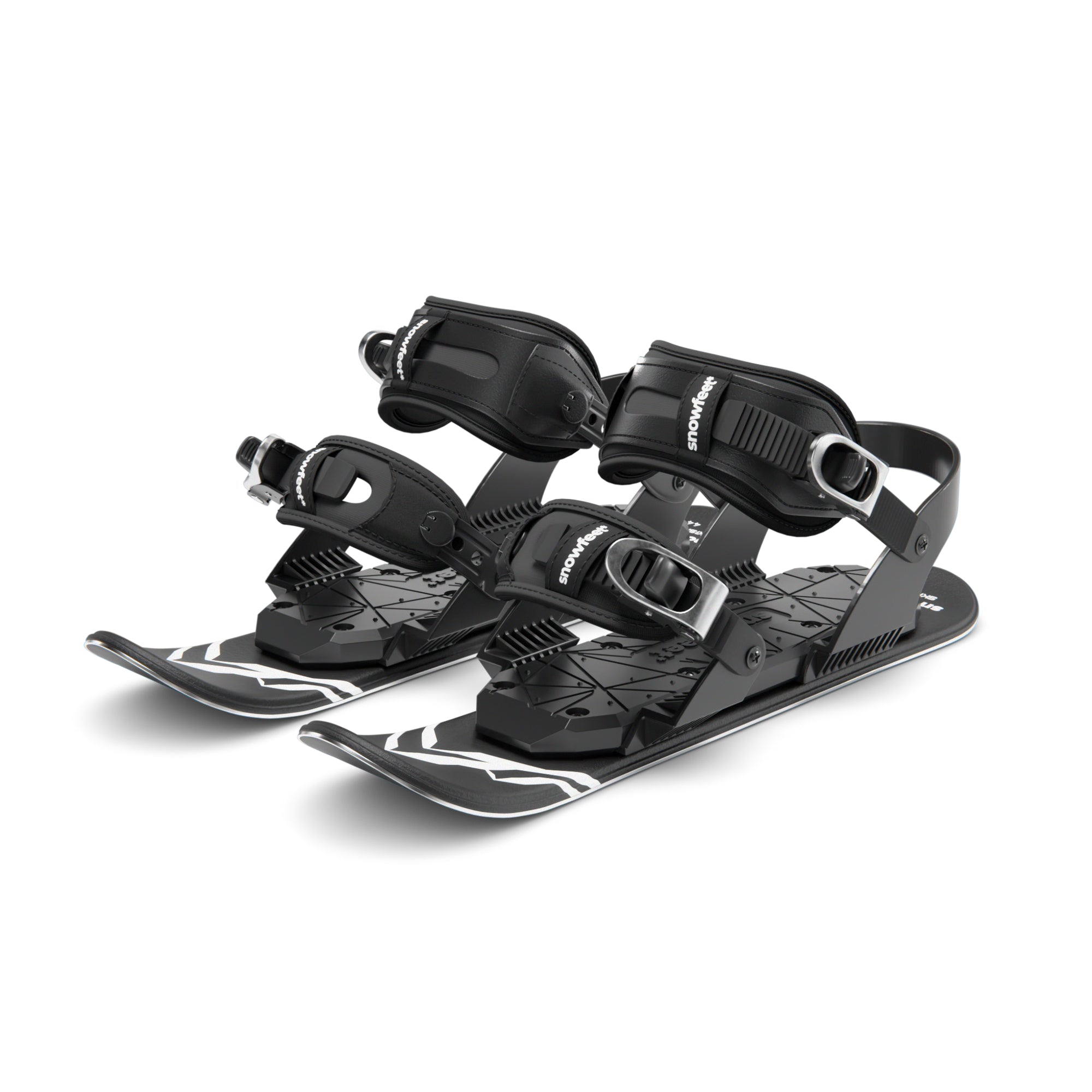
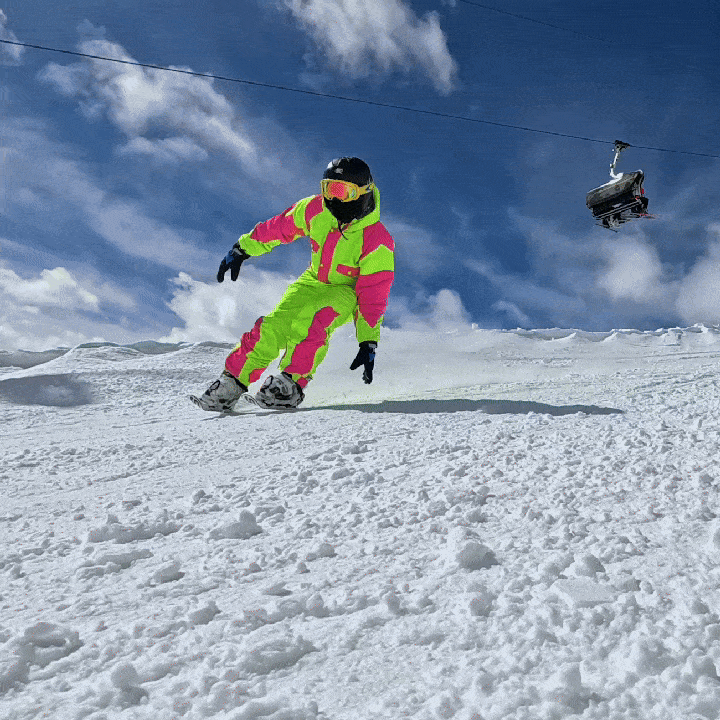
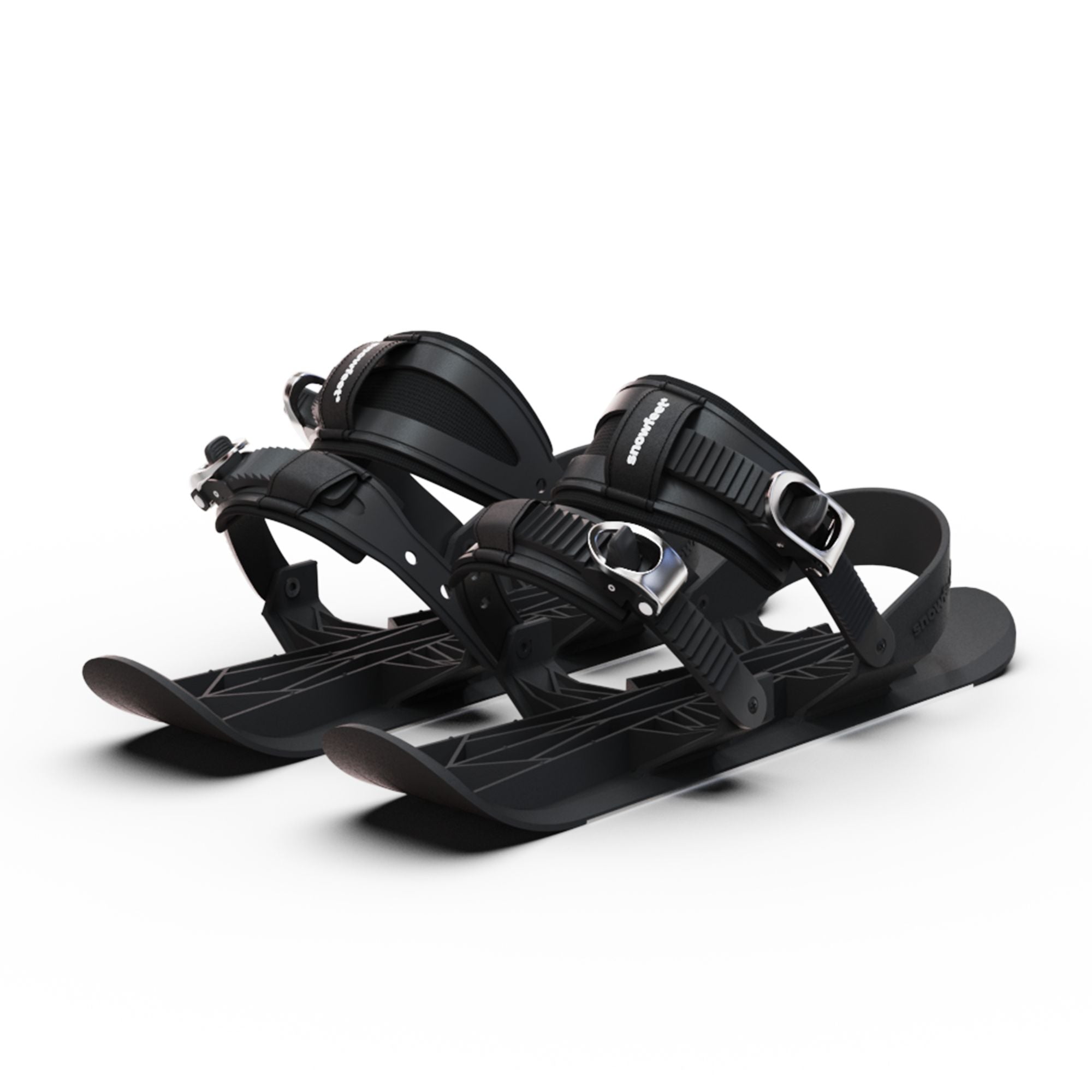
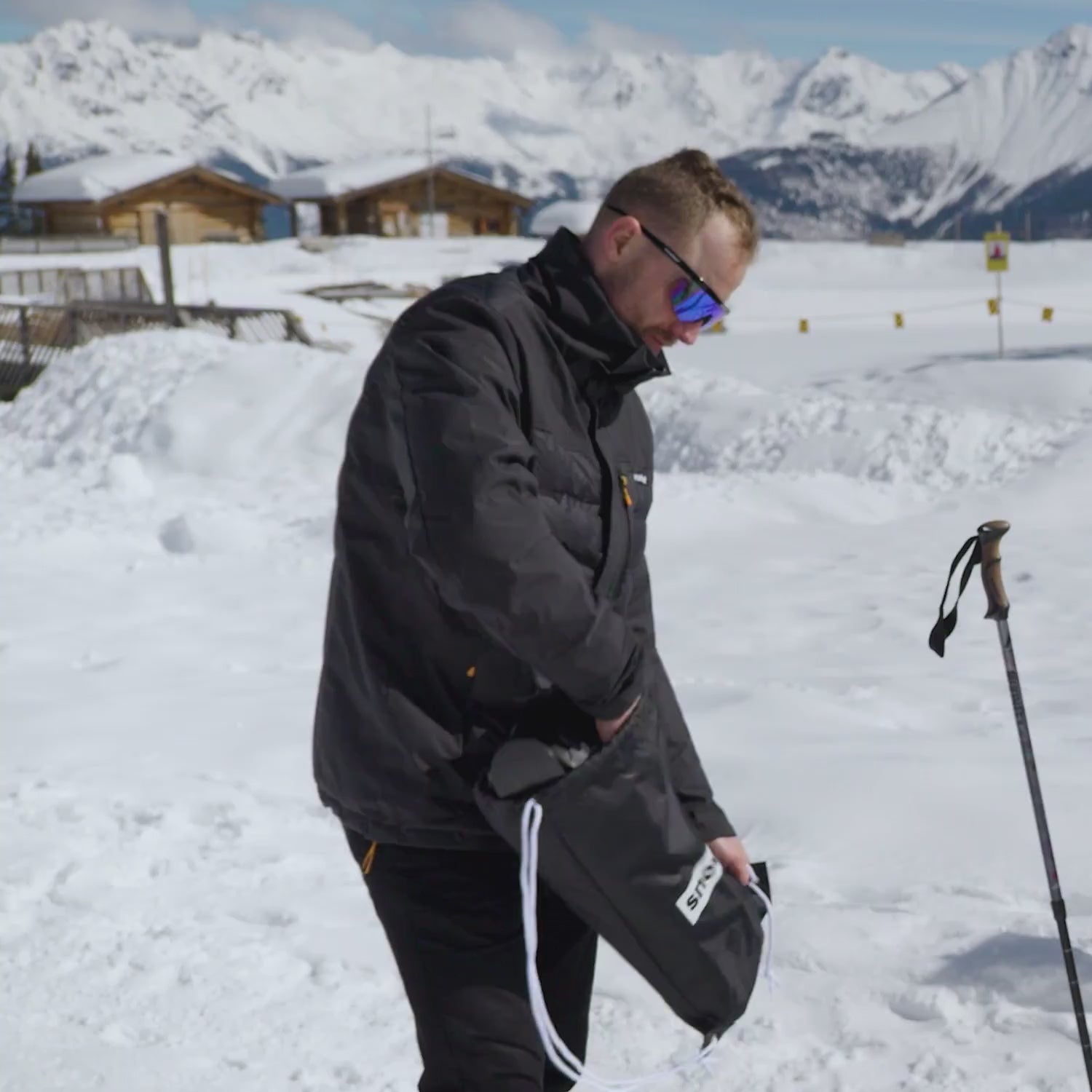
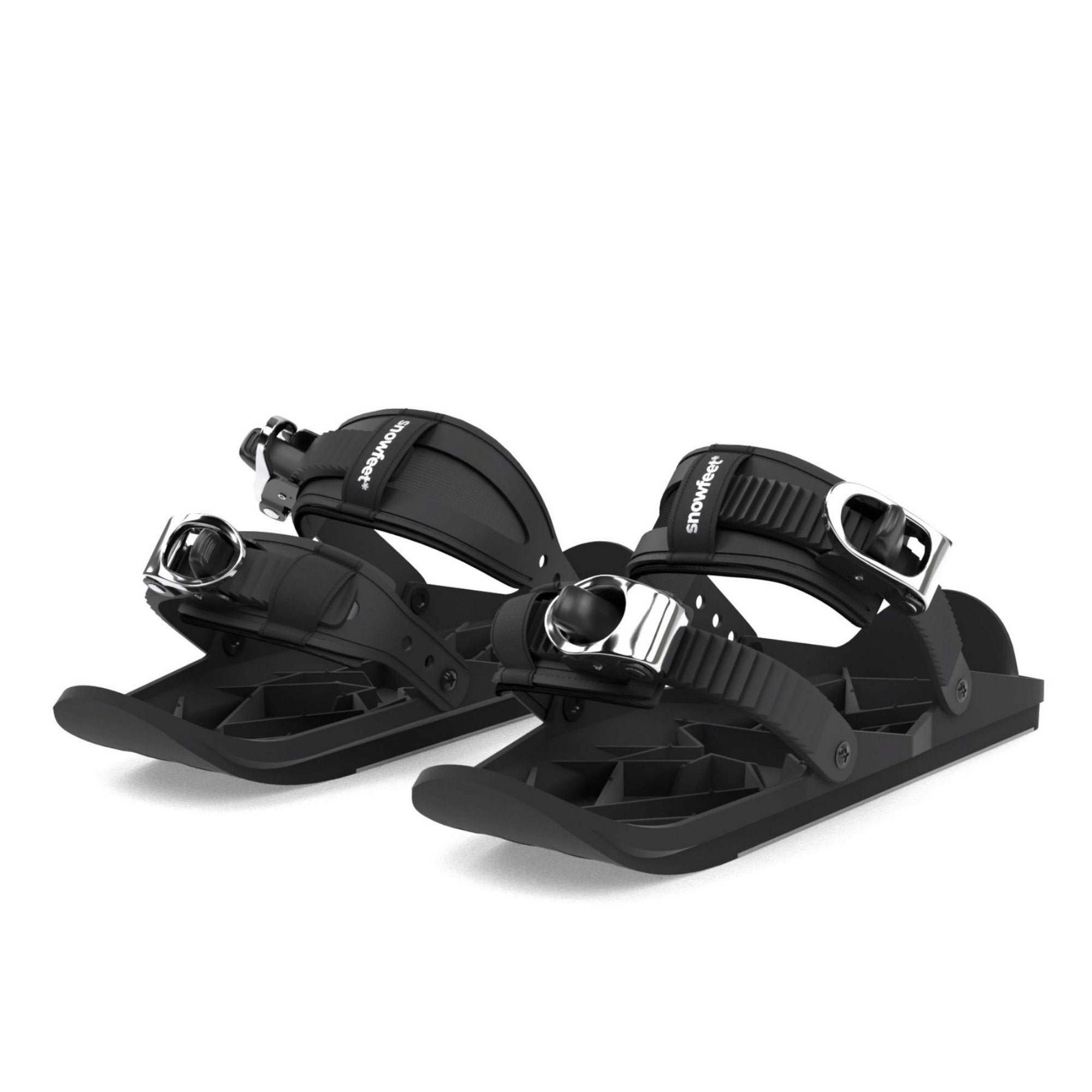
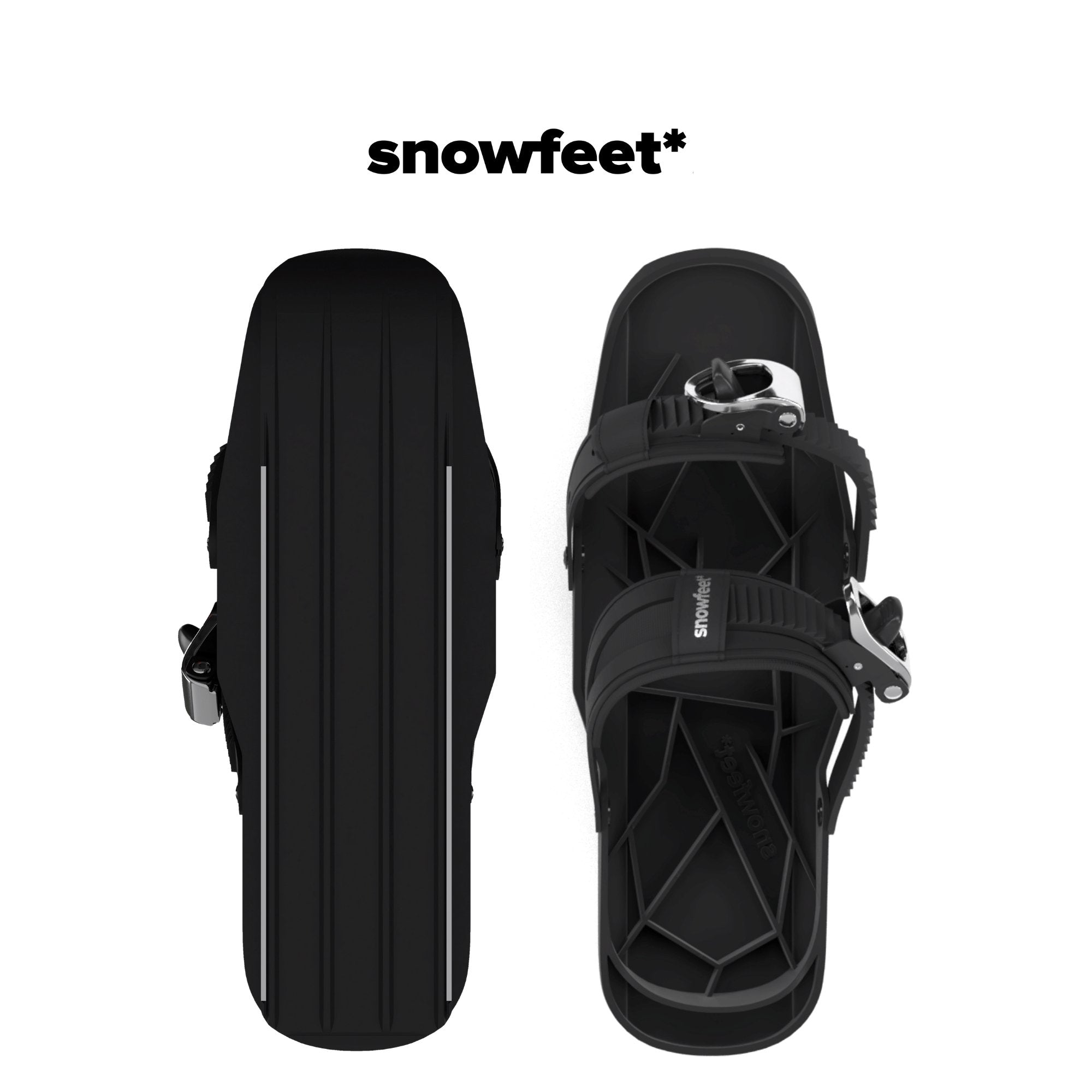
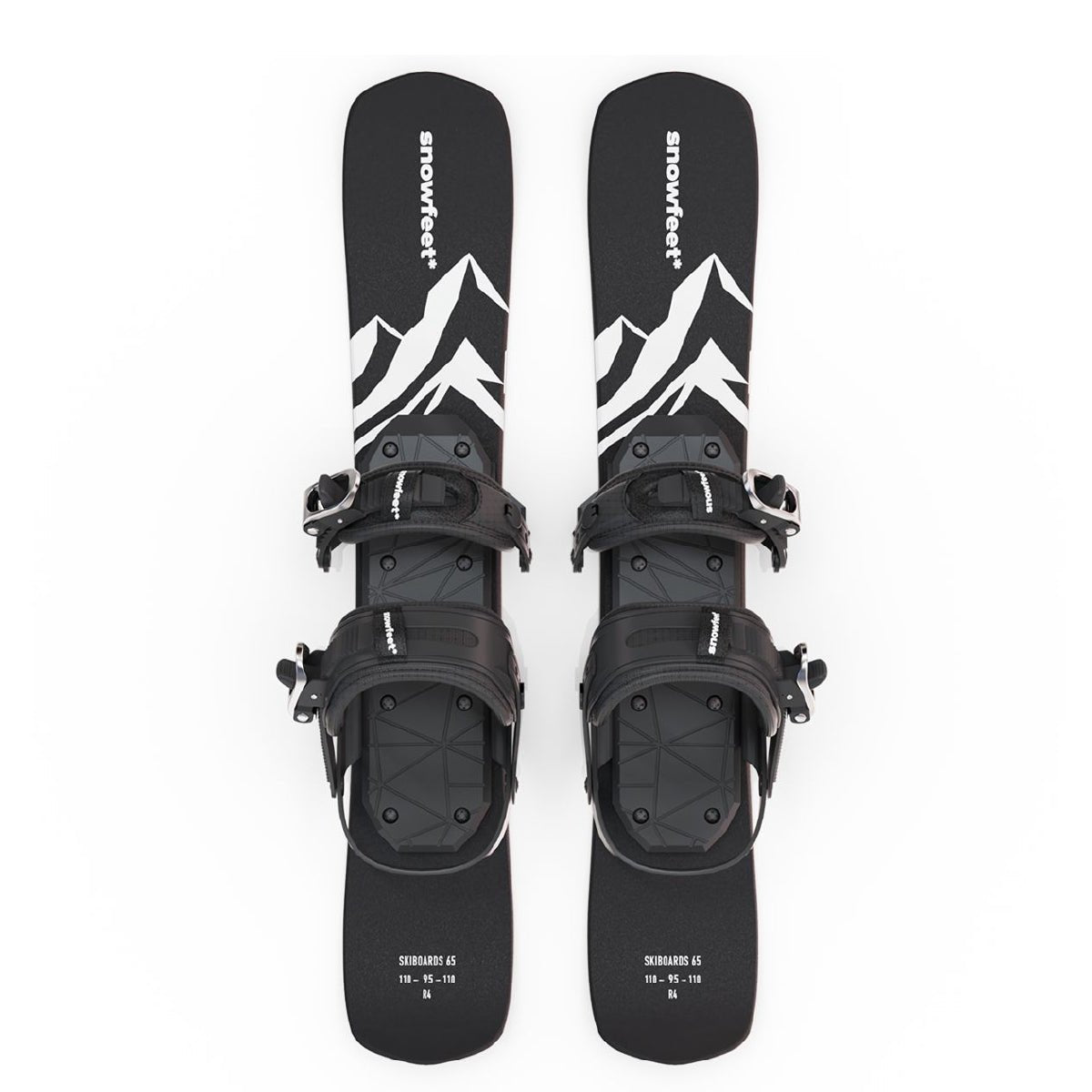

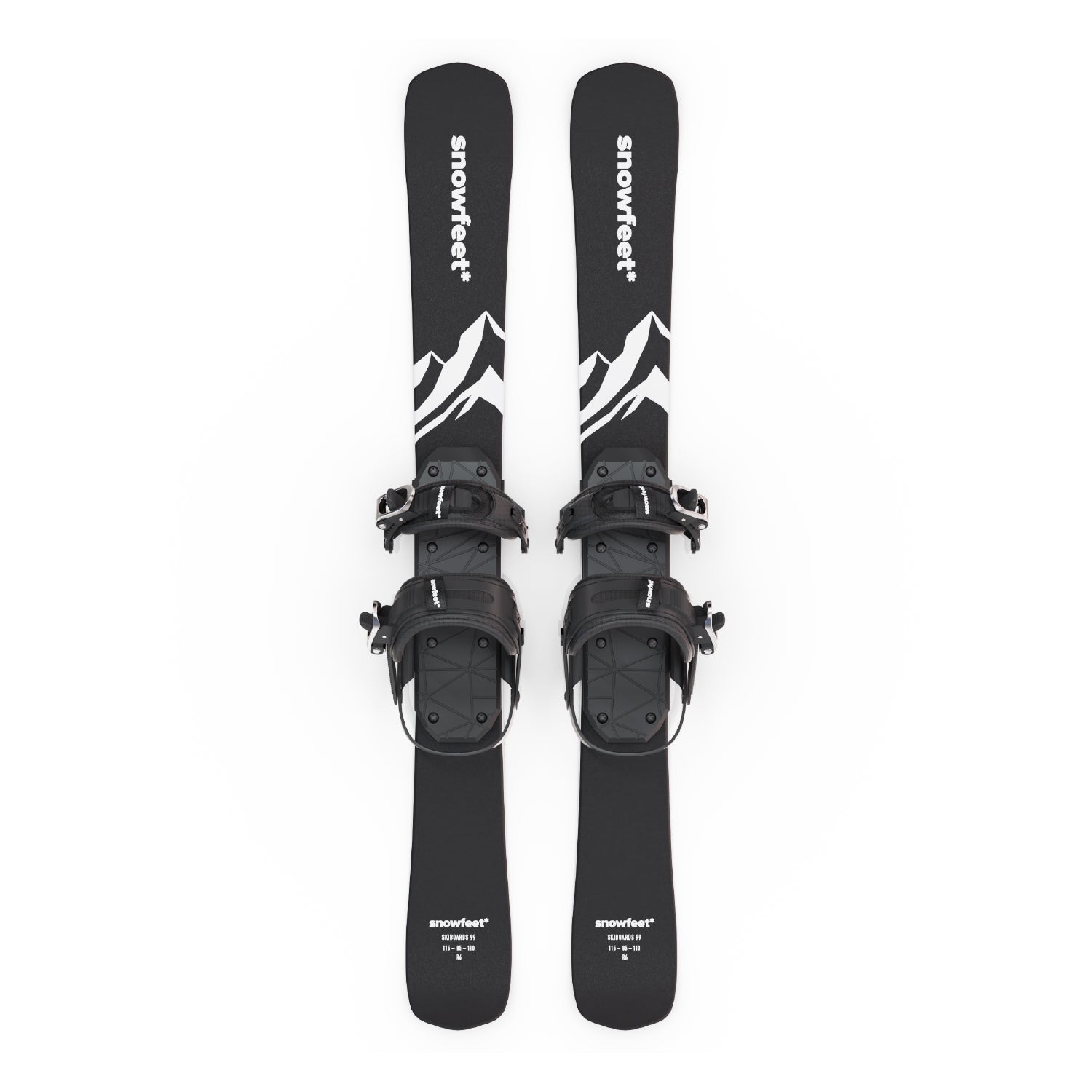
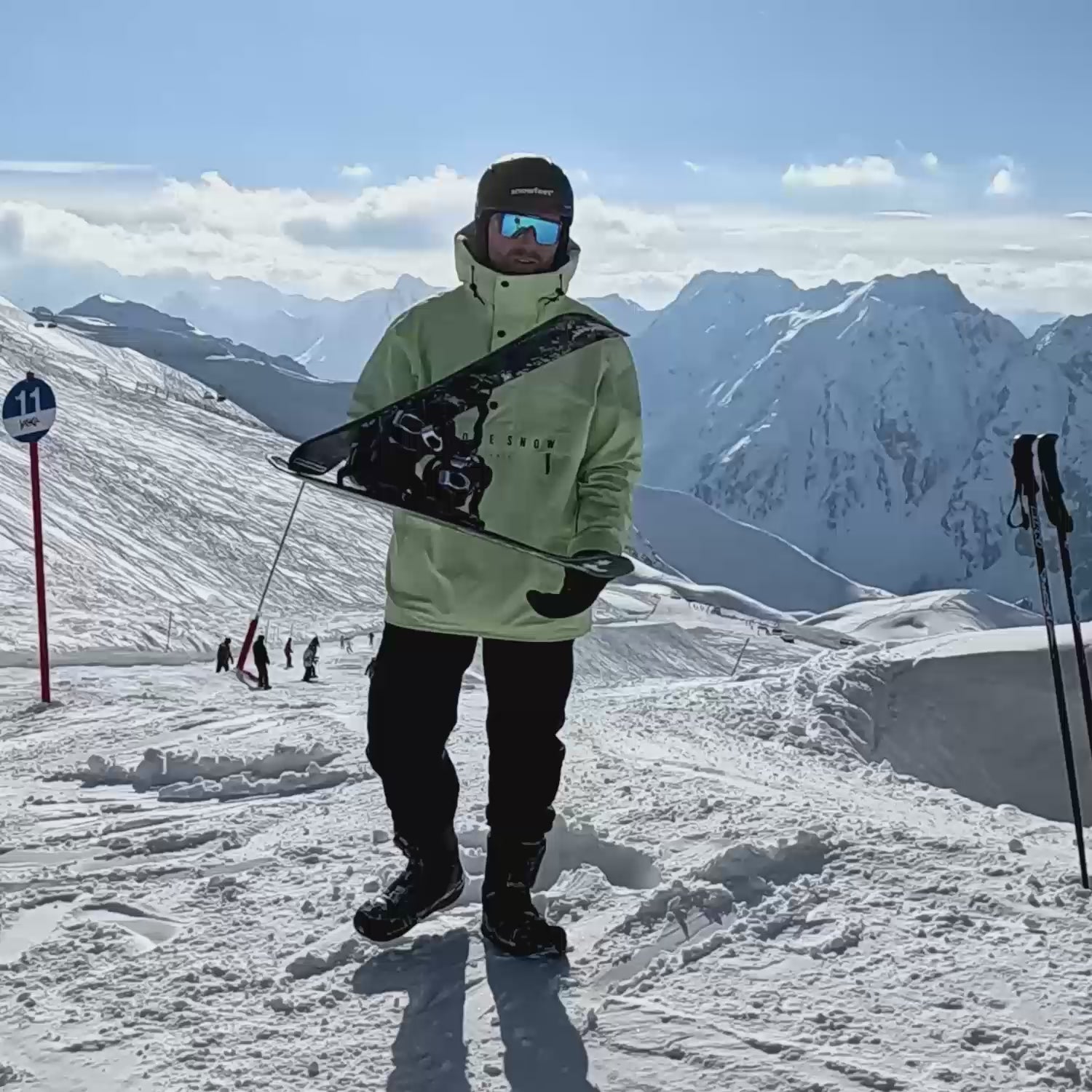
Legg igjen en kommentar
This site is protected by hCaptcha and the hCaptcha Privacy Policy and Terms of Service apply.